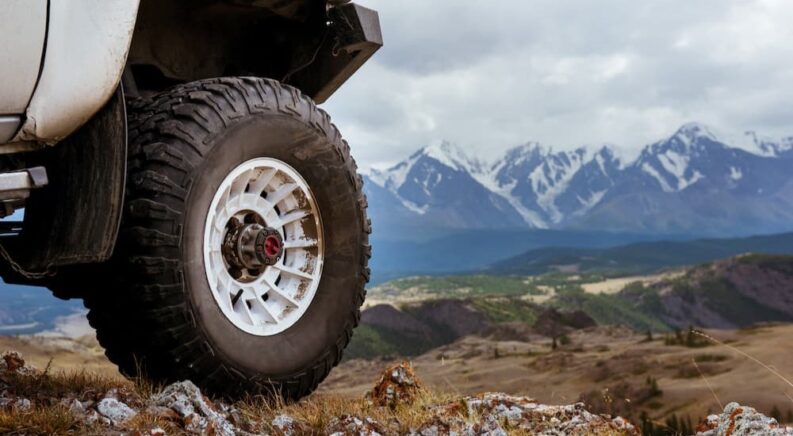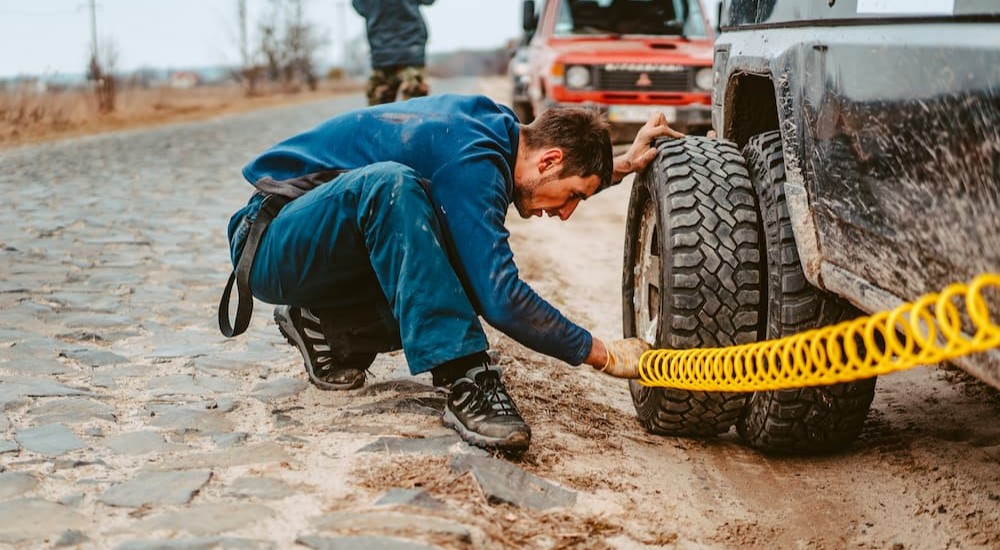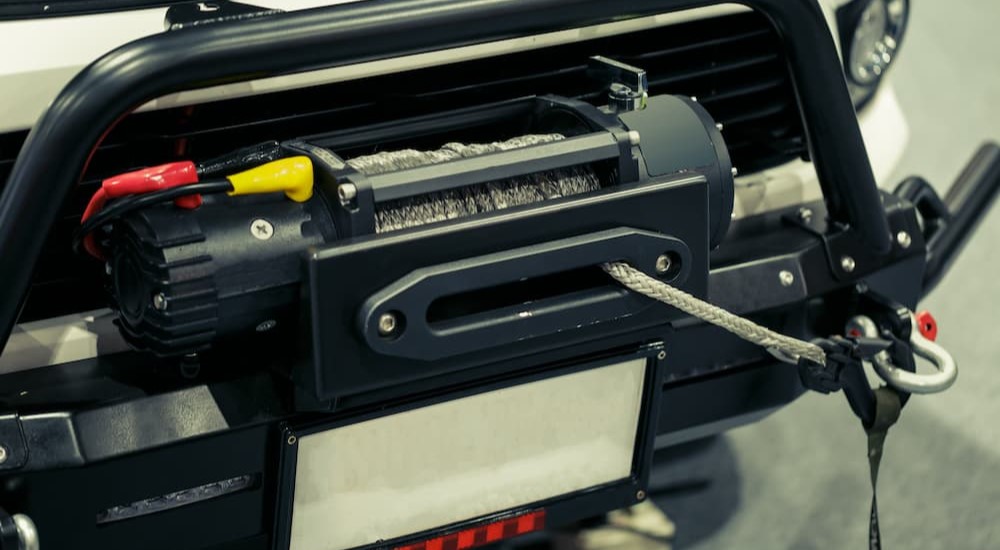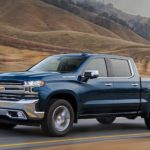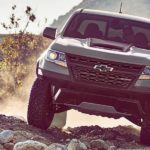Are you seeking used trucks for sale that can keep up with your active lifestyle? From spritely compact trucks to full-size behemoths, almost any truck can be outfitted to excel in the great outdoors. With four-wheel drive, heavy-duty components, and unrivaled ground clearance, pickups are built with adventure in mind. They provide a compact, fuel-efficient alternative to road-hogging RVs and are a more functional alternative to the camper van lifestyle.
Whether you’re looking for a reliable off-roader that can tackle mud, rocks, and other challenging terrains or a mobile base camp for camping, hiking, kayaking, and more, it all comes down to choosing the right accessories. Today’s trucks are built tougher than ever, but even the most well-equipped pickup might need a few upgrades before you hit the trail. From rooftop tents and recovery tools to all-terrain tires, beadlock wheels, and more, we’ll run through some of the basic equipment that’s so essential to a successful off-road outing.
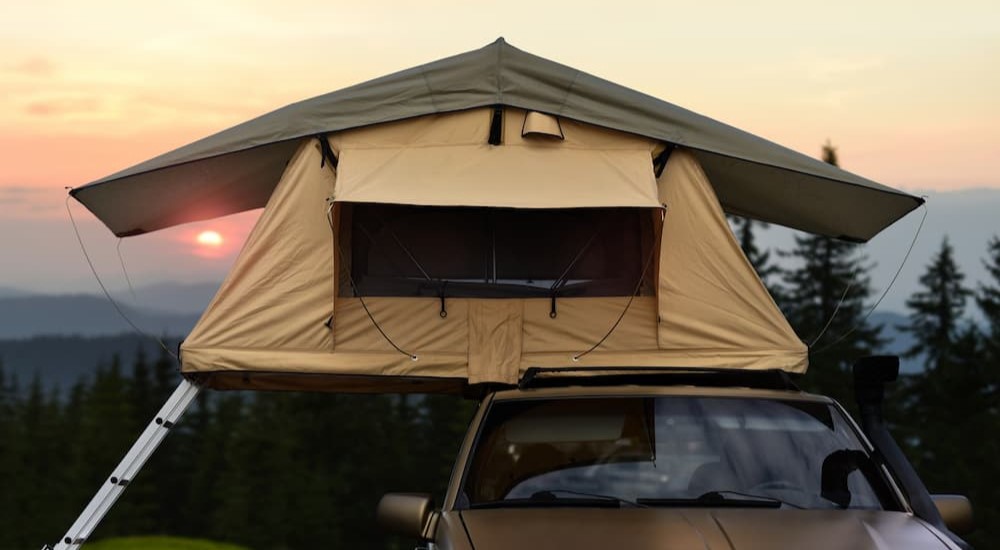
Rooftop Tent
Rooftop tents have become the latest must-have accessory for those involved in the off-road and overland camping lifestyle. Compact, cozy, and elevated off the ground, these tents ensure that you’ll be able to grab a decent night of sleep no matter how far from home you might be. Rooftop tents can be mounted directly to a truck’s roof rack, with many featuring a slim, low-profile design that adds a whole room to your rig without packing on the pounds.
These rooftop tents are usually a good deal pricier than their traditional ground-based forerunners, but they come with a number of advantages that make them an ideal addition to your off-road camping setup. Not only can they be quickly deployed, they also provide a smooth, stable sleeping platform that won’t be nearly as exposed to the elements or wildlife. No more finding a flat plot of land to pitch a tent or worrying about a sudden deluge as a midnight storm causes an impromptu stream to form alongside your sleeping bag.
Thule’s Tepui Low-Pro 3 (est. $2,000) is one of the most compact offerings on the market, with a height of just 8.5 inches when closed and a total weight of 105 pounds. Those looking for a roomier experience might try the Roofnest Condor (est. $3,300), which offers an impressive width of seven feet thanks to its unique soft clamshell design. The Condor can be rapidly deployed, with each fold folding out to provide a roomy sleeping platform with 50 inches of interior headroom. The 135-pound tent also features a zippered skylight, as well as a hardtop design that allows drivers to pack even more gear on top. Like most rooftop tents, both feature a telescoping ladder that makes entry and exit a breeze.
Off-Road Tires
This might not be one of the most glamorous items on your shopping list, but it’s easily one of the most important. Upgrading your truck’s stock tires for a set of all-terrain treads should be one of the first jobs on your list when you’re going to build an off-road or camping-focused pickup, as they play an important role in actually allowing you to reach your destination. If you’re looking for a well-rounded option that will hold its own on a variety of terrain, we’d recommend BF Goodrich’s All-Terrain T/A KO2 (est. $164/tire). Built with a strong sidewall and providing a smooth, grippy ride in both on and off-road scenarios, the BF Goodrich tires offer long-lasting tread.
If you’re doing a budget build, the Yokohama Geolandar A/T G015 are a bargain at an estimated $136 per tire. While they might lack the robust construction needed for off-road feats like rock crawling, they also offer a more refined, quieter experience on paved surfaces. Those looking to splurge might consider Michelin’s LTX A/T^2 (est. $260/tire), which combines the best of both worlds while claiming a 35 percent longer tread life on gravel than many of its competitors.
Air Compressor and Deflator
For the uninitiated, losing tire pressure while you’re adventuring off the grid might seem like a worst-case scenario. In reality, letting a little air out of your tires can spell the difference between a successful off-road excursion and a frustrating afternoon spent cursing at your truck. Lower tire pressure can help an off-road vehicle to traverse loose, sandy terrain by increasing the tire’s overall surface area. Think of it like a snowshoe, which creates a larger footprint to help you virtually float over deep snow.
Decreasing your tire pressure can also come in handy when you’re tackling rocky trails, increasing traction and allowing you to surmount slick surfaces. That said, it’s important not to let too much air out of the tires, which is where deflator kits come in. Products like the ARB E-Z Deflator Kit (est. $54) can decrease tire pressure to a precise level using a simple hose and gauge. The E-Z Deflator Kit is a standout for one simple reason: speed. Built with a patented design that temporarily removes the tire’s valve core, the E-Z Deflator Kit can quickly bring a tire’s pressure down right to where you want it.
Of course, low tire pressure isn’t always the right choice for off-roading, which is why it’s important to pair a deflator kit with a mobile air compressor. The ARB High Output Air Compressor (est. $338)––also made by the Australian off-road accessory experts at AR––is the perfect tool for the job. Built with lightweight, high-strength materials, the High Output Air Compressor offers a class-leading flow rate and can be easily installed right under the hood or wherever there’s access to a 12-volt connection. The air compressor isn’t only handy when it comes to inflating tires but can also be used to activate components like air lockers and differentials.
Beadlock Wheels
All this talk of lower tire pressure might have you wondering: what about blowouts? The ability to let a little air out of your tires can be essential when facing certain off-road challenges, but if the pressure dips too low, you run the risk of having your tire slip off your wheel altogether. This is where beadlock wheels come in.
While most wheels rely on tire pressure to keep the tire and wheel adhered to one another, beadlock wheels take a different approach. These wheels feature an outer metal ring that effectively clamps the tire against the wheel itself, with bolts that secure it in place to ensure that the tire doesn’t slip off when under lower pressure. The problem with most true beadlock wheels is that they’re not D.O.T.-complaint, which can lead to a costly citation from any eagle-eyed highway patrolman. That’s fine if you’re building a dedicated off-roader that won’t see daily use but can be a real limiting factor for many drivers.
Luckily there are some street-legal beadlock systems on offer, but they come at a premium. Hutchinson’s Rock Monster Wheels are some of the best––and only––D.O.T.-complaint beadlock wheels on the market, but with a price tag of between $600 and $1,000 per tire, depending on size, they represent a significant investment. That said, you’d be hard-pressed to find a better beadlock tire, with Hutchinson boasting a background in military-grade beadlock and run-flat tires that bring battlefield-level performance to your weekend maneuvers.
Recovery Tools
When you’re traversing the backcountry, you never know what you’re going to find. Rare floral and fauna? Idyllic, untouched campsites? Bottomless pits of truck-swallowing sand and mud? Check, check, and check. Spend a decent amount of time off-roading, and it’ll become a matter of when––not if––you’ll find yourself in a recovery scenario, and since AAA has yet to roll out their fleet of off-road assistance helicopters, you’re going to be on your own. That’s where your off-road recovery tools come in.
From winches and shovels to recovery boards and fuel cans, a full set of recovery tools should be at the top of your list when outfitting your off-road ride. It all starts with a winch, which is invaluable when it comes to extricating yourself from deep mud and sand or helping your traveling companions out of a similar jam. WARN is generally seen as one of the industry’s top brands, with a reputation for off-road excellence that stretches back to 1959. The exact type of winch you’ll want depends on the size of your pickup, but generally speaking experts recommend a winch with a pulling capacity that’s 1.5 times higher than a vehicle’s gross vehicle weight rating (GVWR). The 5,600-pound Toyota Tacoma, for example, would be well-served by something like the WARN 26502 M8000 Series Electric 12V Winch (est. $830), which boasts an 8,000-pound pulling capacity.
For those who don’t want to drop the money for a winch, recovery boards provide a serviceable, if less robust, alternative for drivers building their off-roaders on a budget. Built from fiber-reinforced engineering-grade nylon, these recovery boards are basically studded slabs of plastic that can be jammed in front of your wheels, biting into the snow, sand, or mud and giving you the extra traction you need to free your pickup. The Maxtrax MKII Safety Orange Vehicle Recovery Boards (est. $330 for two) are generally regarded as some of the best on offer with the Australian company (those Aussies know off-roading) coming with a lifetime warranty against cracking, breaking, or discoloration. Round out your recovery kit with a folding shovel like the Gerber E-Tool Folding Spade (est. $65) and a Wavian Authentic NATO 5.2-gallon Jerry Fuel Can (est. $90) and you’ll be well prepared for whatever the trail throws at you.
Make Sure You Have All of Your Off-Road Gear
With the right equipment and a moderate budget, it’s easy to transform your pickup into an adventure-ready off-road companion. Before you begin the process, take some time to consider how the truck will be primarily used. If you’re looking for a more agile alternative to the family RV, a family-sized rooftop tent might be at the top of your list. Those looking for a more adrenaline-pumping brand of fun might want to focus on the pickup’s off-road arsenal, investing in equipment like beadlock wheels and winches that will allow them to approach even the most daunting obstacles with confidence.
No matter what your definition of adventure might be, it’s important to always make safety a priority when you’re traveling well off the beaten path. Consider investing in some basic emergency and recovery tools like jerry cans, recovery boards, and GPS locators, and always remember the first rule of any off-the-grid adventure: tell someone where you’re going and when you expect to be back. With a little planning and investment, it’s easier than ever to see what sort of excitement awaits on the road less traveled.

